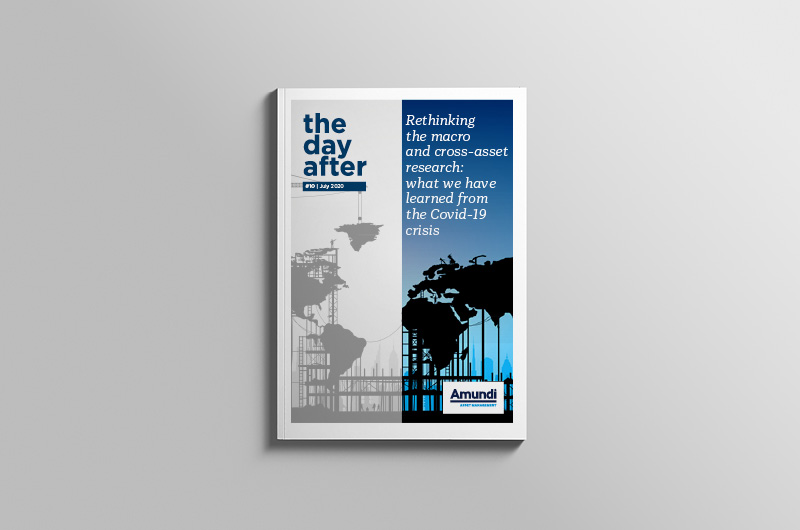Social Bonds – a growing asset class that’s packing a positive punch
The broad ESG framework is experiencing a sea change. In the past, governance and environmental issues sparked investor interest, a paradigm COVID-19 is challenging. Although climate change remains a major global issue, rapidly changing economic and financial circumstances induced by COVID-19 have investors focusing more on social issues and societal challenges.
Labour and human rights, supply chain issues and the disproportionate impact of COVID 19 on the poor are examples. Further, the crisis is exposing the fragility of under-funded healthcare systems, while extended lockdowns are putting pressure on companies’ liquidity and causing rapidly rising unemployment.
To address some of the pandemic-related challenges, global supranational and agency development institutions are issuing more social and social-themed bonds. The trend started with the International Financing Corporation (IFC, part of the World Bank Group), which issued a $US1 billion three-year social bond focused on funding COVID -19 relief measures in March. This was quickly followed by the three-year “Fight Covid-19 Social Bond” issued by the African Development Bank that raised $US3 billion. Since then, there have been another six COVID-19 related social bond issues for a total of $US10 billion.
Until now, issuance volumes of social bonds have been quite low, with green bonds dominating the ESG debt markets. In 2020, social bonds have grown at the fastest rate on record, largely driven by COVID-19. Year-to-date to 27 May, the green bond market has issued $US69.3 billion, while social bonds totalled $US30.4 billion. In 2019, social bonds totalled $US17.3 billion compared with green bonds at $US220.6 billion. The difference is stark.

The lack of an agreed framework for measuring the impact in social bond reporting has historically been the major factor restricting supply. Measuring the impact of social bonds can be challenging due to the prevalence of subjective elements. In its Social Bond Principles (SBP) guide, the International Capital Markets Association (ICMA) recommends that issuers demonstrate impact through qualitative performance indicators that can be complemented with quantitative measurements where possible. Examples of the latter could be the sum of new houses built or the number of disadvantaged people who have directly benefited from an investment financed by a social bond.
In Australia, we have not seen any specific COVID-related social bonds; however, the domestic social bond market seems to be rising. At the end of June 2020, the National Housing Finance and Investment Corporation (NHFIC) completed the largest social bond by an Australian issuer at $A562 million.
This was the third social bond issued by the NHFIC to support community housing providers (CHP) that make available subsidised housing. The NHFIC was established in 2018 by the Federal Government with the main purpose of improving housing affordability by providing concessional funding arrangements to CHP via lower-cost and longer-term finance solutions compared with traditional sources of funding. Issuing social bonds also facilitates greater private and institutional investment in the sector.
The funds raised from the NHFIC bond will be channelled to 10 CHPs across NSW, SA, Tasmania and Victoria, financing 2,736 properties including 775 new dwellings. The third NHFIC bond will pass on the benefits of strong investor demand by providing a fixed rate of 2.06% for 12-year interest-only loans to the CHPs. In total, the bond is anticipated to save the participating CHPs more than $80 million in interest payments over the next 12 years.
With the recent shift in focus to social issues because of the pandemic, we can expect investors’ acceptance of social bonds as an asset class to rise, combining their wish to have a positive impact on society while enjoying steady returns.










